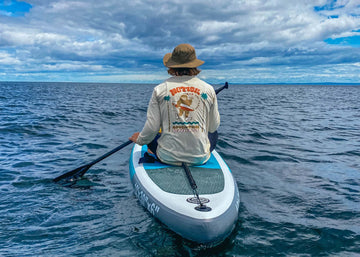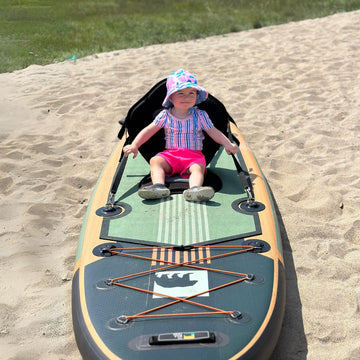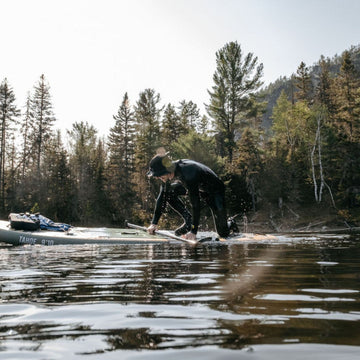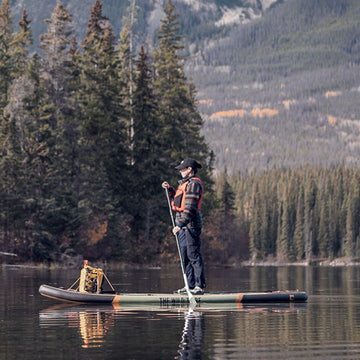How to take care of your inflatable paddle board
Extreme temperatures
You will avoid:
- The glue that holds the stamp on the board so as not to melt.
- The color of the discoloration pad
- Bubbles forming under the pad and under the fiberglass. It is not dangerous, but less aesthetic.
- Construction cracks or warps. (Drastic temperature changes can harm the construction of your board.)
To do
- Store your board in the shade when not on the water.
- Use a board bag to transport your board, to protect against UV rays and bad weather.
- Avoid leaving your board in your vehicle because of the heat.
NOT TO DO
- Never leave your board in the sun for a long time.
- Never leave your board at risk of facing drastic temperature changes.
- Never leave your board in a car.
Holes and scratches
to do
- Handle your board with care and always handle it gently, even if it is in a board bag.
- Always extend your board with the fin(s) facing up.
- Avoid collisions at all costs.
- Choose smooth surfaces like grass to place your board on.
NOT TO DO
- Place your board on the ground without care.
- Lay your board with the fins down. The fins are the most fragile part of your board.
- Place your board on an abrasive surface: cement, asphalt and gravel can scratch and damage your board.
- Use your board (at the top or sides) as a bench to sit on.
- Put the nose of your board in the sand.
Inspection, repair and cleaning
TO DO
- Always inspect your board before and after each use.
- Make sure your fins and strap are installed correctly.
- To avoid water infiltration, repair or have your board repaired as soon as you notice a detachment or crack.
- When picking up your board, pay particular attention to its weight. If you feel a difference, examine it to see if water has seeped in.
- Clean your board after each use.
- Disassemble the accessories after each use and rinse them with fresh water to remove sand, salt and dirt deposits.
- Disassemble and clean your adjustable paddle after each use.
- Let your board, accessories and paddle dry after cleaning and before putting everything away.
NOT TO DO
Avoid storing your board in a humid environment. Moisture can cause mold, which can damage your board.
Storing your wet board in a board bag for too long can create unpleasant odors. Always find a place to dry your board before putting it in its bag.
An unrepaired hole can cause water to seep into your board when you paddle. To avoid this inconvenience, keep your board dry when you get out of the water. For best performance and efficiency, the inside of your board must remain dry.






